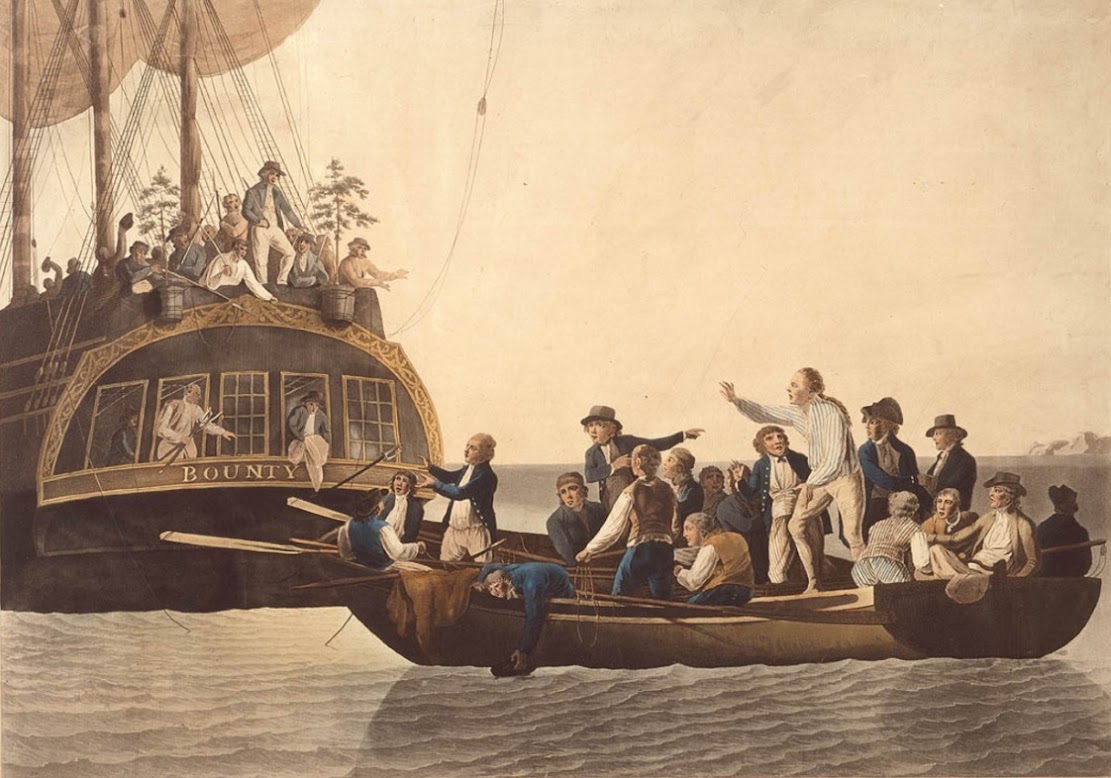The Great London:
Forensics
France: 6,000-yr-old skeletons in French pit were victims of violence

Forensics: Five things you can learn from a Roman skeleton

Forensics: Intricate animal and flower tattoos found on Egyptian mummy

Genetics: Scientists sequence ancient British 'gladiator' genomes from Roman York

Forensics: Slavery carried bilharzia parasites from West Africa to the Caribbean

Genetics: Mummies from Hungary reveal TB's Roman lineage

Forensics: Palaeolithic remains show cannibalistic habits of human ancestors

Forensics: New research to shed fresh light on the impact of industrialisation

Europe: Skeletal marker of physiological stress might indicate good, rather than poor, health

Near East: Face of 9,500 year old Neolithic man from Jericho reconstructed

UK: Ancient Britons' teeth reveal people were 'highly mobile' 4,000 years ago

Fossils: Ear ossicles of modern humans and Neanderthals: Different shape, similar function

UK: Two ancient Chinese skeletons found in London Roman cemetery

Polynesia: Forensic analysis of pigtails to help identify original 'mutineers of H.M.S. Bounty'

Italy: Ötzi – a treacherous murder – with links to Central Italy

Forensics: Homo neanderthalensis met a violent end at Sima de los Huesos

UK: DNA of bacteria responsible for London Great Plague of 1665 identified

Forensics: Single strain of plague bacteria sparked multiple historical and modern pandemics
